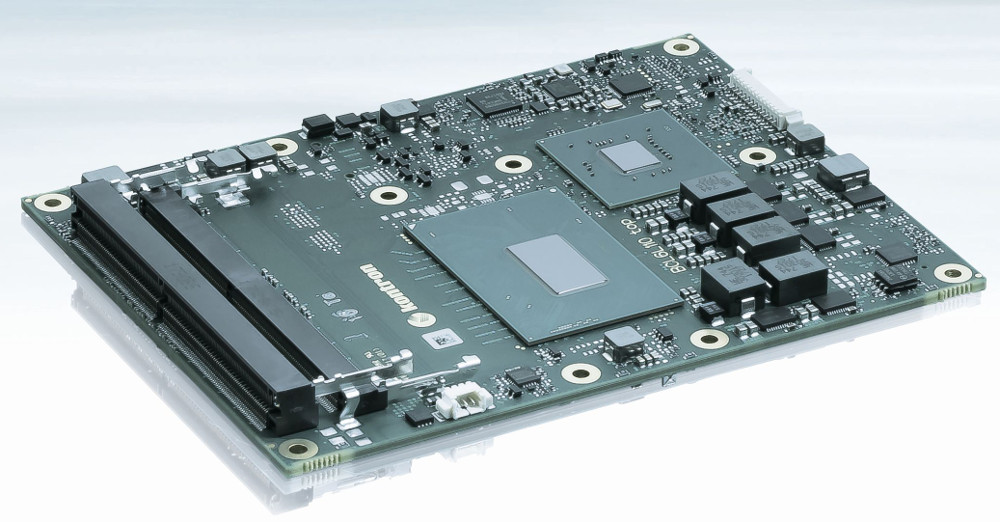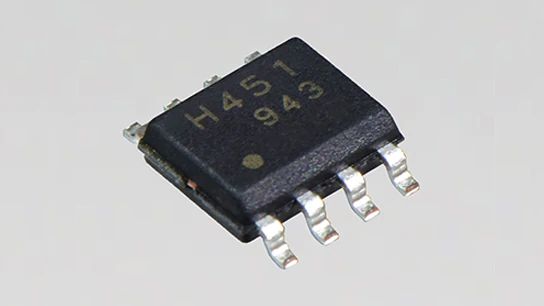Physicists Of University of Rochester Have Created Polariton – A Particle With Negative Mass
A group of researchers led by Nick Vamivakas from the University of Rochester has successfully produced particles which have negative mass in an atomically thin semiconductor material. According to the researchers, they have created a device that can generate LASER light using a significantly small amount of energy. All made possible with the help of this so-called negative mass particles. Quantum physicist Nick Vamivakas from Rochester’s Institute of Optics says,
It also turns out the device we’ve created presents a way to generate laser light with an incrementally small amount of power. Interesting and exciting from a physics perspective,
Mass is often observed as a resistance or response to a force. It’s harder to push and to stop a bowling ball than a marble because of the inertia associated with the mass of the object. All objects that are made of matter must have the property of ‘mass’. Even elementary particles without rest mass have something called relativistic mass. They react to an externally applied force in the way you expect them to. Particles with ‘negative mass’ however exhibit the opposite reaction to an applied force. They tend to move toward the applied force direction than to move away from it.
“That’s kind of a mind-bending thing to think about because if you try to push or pull it, it will go in the opposite direction from what your intuition would tell you,” says Vamivakas.
The device they created to make negative mass consists of two mirrors. It is used to make an optical microcavity to capture light at different colors of the spectrum depending on the mirror spacing. An atomically thin Molybdenum diselenide semiconductor is then implanted into the microcavity. This interacts with the captured light. The small particles called excitons from the semiconductor combine with photons of the trapped light to form polaritons. This process of an exciton giving up its identity to a photon to produce a polariton results in an object with negative mass associated with it. Simply means when you try to push or pull it, it goes off in the opposite direction to the way you would assume.
The most probable practical applications according to the researchers would be:
- The physics of negative mass: It will enrich the understanding of the reaction behavior of polaritons on electric fields and external forces.
- As a laser fabrication substrate: Due to polaritons, lasers would function more efficiently than the conventional ones. They will require much lower power input.
Further information is available in the journal Nature Physics, with the title Anomalous dispersion of microcavity trion-polaritons.















